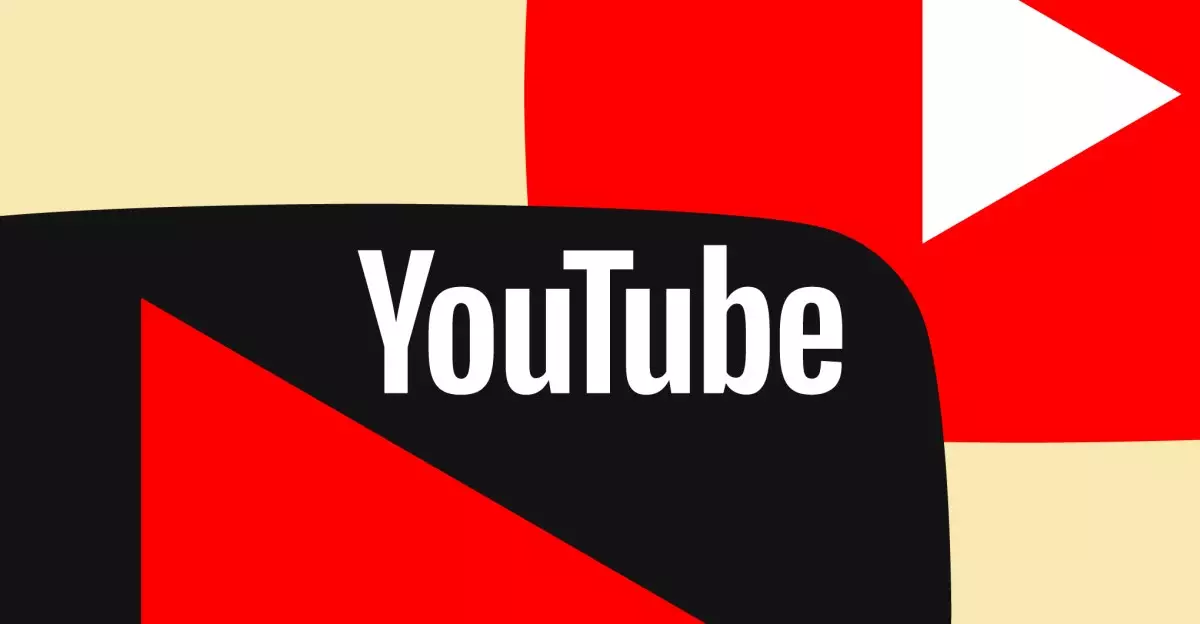In a landscape where streaming services are engaged in a complex tug-of-war for exclusive content, YouTube recently navigated a precarious moment concerning its agreements with Paramount. Just days after the video platform hinted at the possibility of losing popular channels such as CBS, CBS Sports, and Nickelodeon, it made a sudden about-face. Following this controversial blog post, YouTube swiftly secured a deal that not only ensures the continuity of Paramount’s content but also highlights the evolving dynamics of content licensing in the streaming industry.
YouTube’s initial announcement regarding the potential loss of Paramount content sparked considerable concern among subscribers. The prospect of losing access to variegated programming, including beloved channels like CBS and CBS Sports, could have driven subscribers away, fostering a climate of uncertainty. Such worries were compounded by YouTube’s mention of providing an $8 credit should this content become “unavailable for an extended period.” This move indicated that the platform was aware of its vulnerabilities and attempted to address customer concerns preemptively. However, uncertainty remained until the new deal was finalized.
In a twist that exemplifies the agile nature of the streaming world, YouTube’s negotiation talks with Paramount took a favorable turn. The announcement of a renewed agreement not only retains CBS, CBS Sports, and Nickelodeon but also includes additional offerings through Paramount Plus, Showtime, and BET Plus. This strategic alignment reveals YouTube’s commitment to maintaining a robust catalog that attracts a diverse audience while preserving their standing against competitors.
Though YouTube refrained from disclosing detailed information about the financials involved in this deal or its potential impact on subscription prices, the company’s history suggests that changes could be on the horizon. Specifically, YouTube TV raised its monthly subscription fee by $10 to $82.99 in December 2022—an indication that while securing content is critical, it may come at an increased cost to consumers. Questions about future price adjustments echoed throughout social media platforms, with TeamYouTube addressing these queries cautiously, underscoring their intention to communicate decisions transparently before implementing them.
This recent maneuver illustrates the volatility of the streaming services market, where agreements can shift swiftly, influencing not just the availability of content but also subscriber loyalty. As consumers grow ever more selective about their entertainment choices, YouTube’s ability to retain core channels is crucial for its strategic advantage. Subscribers, now reassured of the continuity of popular programming, may view this deal as validation of YouTube’s efforts to maintain a competitive edge. Nevertheless, they remain vigilant about any subsequent changes that could affect their viewing experience or expenses.
In essence, YouTube’s latest deal with Paramount serves as a reminder of the quicksilver nature of content licensing in today’s media environment. By navigating the precarious landscape deftly, YouTube not only preserves its current programming lineup but also sets the stage for future negotiations and subscriber expectations. As the streaming wars advance, the ability to adapt and negotiate successfully will continue to dictate the success of platforms competing for viewer attention in an increasingly crowded marketplace.


Leave a Reply